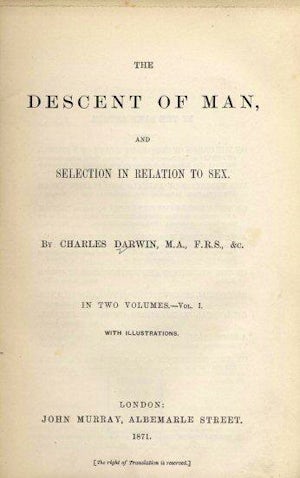June 16, 1904. The Carnegie Institution of Washington hosts a gala dedication ceremony on the grounds of the Bio Lab to mark the formal opening of the Station for Experimental Evolution (SEE) at Cold Spring Harbor. The plans for the station had been suggested by eugenicist Charles Davenport, in 1903 (CSHL, 2015). It originally opened for the purposes of studying heredity and evolution, through experiments with plants and animals (CSHL, 2015). The station became a main research centre for American eugenics.
The Station was located on 9 acres of land, in Cold Spring Harbor. It was leased for 50 years upon the Station's opening, from the Wawepex Society (CSHL, 2014). Davenport served as director of the station, as well as Cold Spring Harbor Laboratory, and in 1910, the Eugenics Record Office, which would eventually become part of the Department of Genetics (CSHL, 2015).
The Station for Experimental Evolution was eventually renamed the Carnegie Building, and is currently home to the Cold Spring Harbor Laboratory Library & Archives (CSHL, 2015).
-Colette Leung, Erna Kurbegovic, and Amy Dyrbye
Cold Spring Harbor Laboratory. (2014). Eugenics Record Office. Cold Spring Harbor Laboratory—Library & Archives. Retrieved from http://library.cshl.edu/special-collections/eugenics.
Cold Spring Harbor Laboratory. (2015). CIW Station for Experimental Evolution 1904-1921. Retrieved from http://library.cshl.edu/resources/library-newsletter/160-2012-10-newsletter/314-ciw-station-for-experimental-evolution
 1869:
Galton publishes Hereditary Genius
1869:
Galton publishes Hereditary Genius
 1871:
Charles Darwin publishes The Descent of Man
1871:
Charles Darwin publishes The Descent of Man